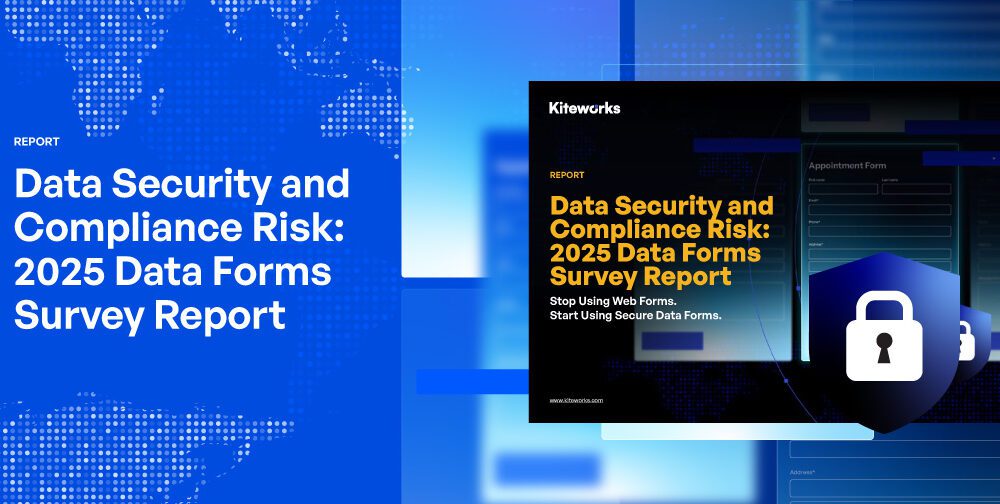In an era where digital infrastructure permeates every facet of life, cybersecurity has become a strategic imperative. Subhash Bondhala, a researcher specializing in next-generation security frameworks, explores transformative shifts in how organizations defend against increasingly sophisticated cyber threats. His work centers on the synergy between Zero Trust Architecture, Network Segmentation, and Micro-segmentation together, a triad redefining the security landscape. His article presents a compelling case for organizations to move away from outdated perimeter-based defenses and embrace a philosophy of continuous verification and granular control.
The Zero Trust Revolution
At the heart of this security paradigm is Zero Trust Architecture (ZTA), which replaces outdated assumptions of internal trust with a mantra of “never trust, always verify.” Unlike traditional models that view internal networks as safe zones, ZTA treats every access request as potentially hostile. This shift is not merely conceptual—it yields measurable results. Organizations with mature ZTA frameworks report up to 52.8% lower breach costs and nearly 42.3% faster threat detection times. The integration of dynamic, context-aware access controls further fortifies networks, reducing the likelihood of insider threats and credential abuse.
Fortresses Within the Fortress
While Zero Trust establishes foundational principles, Network Segmentation provides the architectural scaffolding. By dividing a network into distinct zones, each with tightly controlled access pathways, segmentation limits the lateral movement of attackers. In doing so, it transforms potential breaches from system-wide crises into manageable incidents. Organizations using segmentation strategies have slashed their breach lifecycles from 315 to just 92 days, marking a significant improvement in containment and remediation.
Microscopic Control for Macroscopic Security
Micro-segmentation takes segmentation a step further by securing workloads, applications, and services at a granular level. This approach reduces the exploitable attack surface by more than 70% in critical systems and slashes successful lateral movement attacks by 73%. Micro-segmentation fine-grained control enables tailored security policies for individual resources, drastically enhancing detection accuracy and reducing false positives. It’s a security model built for the intricacies of cloud-native and multi-tenant environments, where flexibility and precision are paramount.
Blueprints for Implementation
Deploying these frameworks is not a one-size-fits-all process. He emphasizes phased rollouts backed by rigorous asset discovery and meticulous planning. Organizations that dedicate time to comprehensive inventories, stakeholder alignment, and risk assessments experience up to 57% fewer deployment rollbacks and operational bottlenecks. Technical best practices, such as incorporating multi-factor authentication, role-based permissions, and identity-based access, further enhance security posture while minimizing disruption. Automated tools, machine learning-driven analytics, and secure access service edge (SASE) frameworks help reduce operational complexity and accelerate implementation timelines across diverse IT environments.
Security That Scales with Sector-Specific Need
These frameworks aren’t confined to tech-heavy enterprises. In finance, they streamline compliance efforts and protect payment systems, yielding an 84% drop in security incidents. Healthcare providers report 81% fewer compromised patient records when leveraging segmentation to isolate critical systems. Industrial sectors benefit from reduced downtime and improved control over operational technology environments, while government agencies experience up to 99% lower rates of successful penetration during security assessments. Across industries, the result is clear: tailored implementation of these models leads to faster incident response and lower financial loss.
Barriers to Adoption—and the Path Forward
Despite their promise, these approaches are not without challenges. Legacy systems, policy complexity, and internal resistance can hinder deployment. On average, large organizations dedicate over 22 hours per week to managing security policies, a figure expected to grow without automation. However, emerging technologies offer relief. Artificial intelligence is already cutting policy management workloads in half while enhancing threat detection. Identity-based controls and unified platforms are streamlining security across increasingly complex digital ecosystems, from cloud to IoT.
In conclusion, as digital threats escalate and infrastructure sprawls across physical and virtual environments, the need for robust, flexible cybersecurity frameworks becomes non-negotiable. The convergence of Zero Trust, Network Segmentation, and Micro-segmentation marks a decisive evolution in defense strategy. Subhash Bondhala’s insights provide a forward-looking roadmap, illustrating not just how to defend, but how to thrive securely in the digital age. His work underscores that cybersecurity is no longer about building higher walls, it’s about crafting smarter, adaptive systems that anticipate and neutralize threats at every level.



































